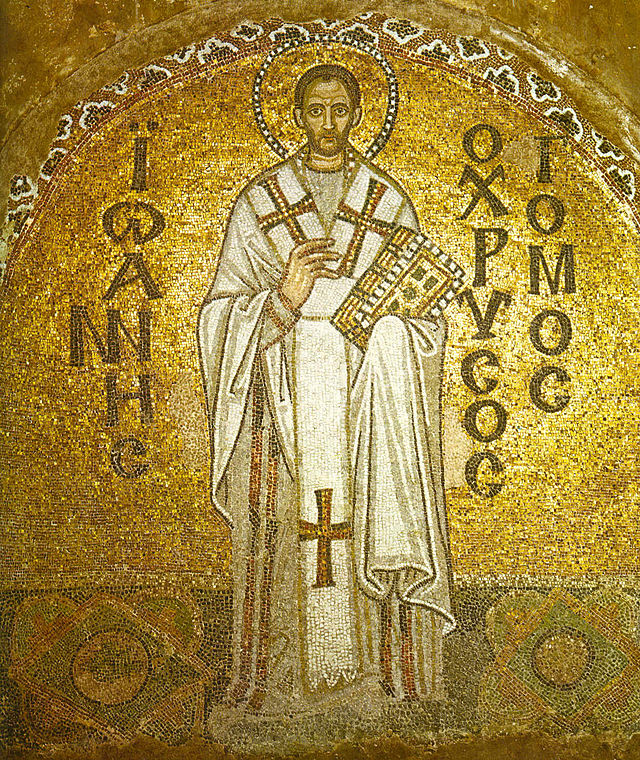Loading AI tools
From Wikipedia, the free encyclopedia
The Catechetical School of Antioch was one of the two major Christian centers of the study of biblical exegesis and theology during Late Antiquity; the other was the School of Alexandria. This group was known by this name because the advocates of this tradition were based in the city of Antioch in Syria, one of the major cities of the ancient Roman Empire. Although there were early interpreters from Antioch, like Theophilus of Antioch, the proper school of exegesis at Antioch belongs to the period of the late fourth and the fifth centuries.[1]
While the Christian intellectuals of Alexandria emphasized the allegorical interpretation of Scriptures and tended toward a Christology that emphasized the union of the human and the divine, those in Antioch held to a more literal and occasionally typological exegesis and a Christology that emphasized the distinction between the human and the divine in the person of Jesus Christ.[2] They rejected notions of instantaneous creation held by other figures such as Augustine, and instead literally held to the notion of the progressive creation of the Genesis creation narrative: those things created on the sixth day did not exist in the fifth, that made on the fifth day did not exist in the fourth, and so on. Advocates included Acacius of Caesarea, Severian of Gabala, Theodore of Mopsuestia, Theodoret, and others.[3]
Nestorius, before becoming Patriarch of Constantinople, had also been a monk at Antioch and had there become imbued with the principles of the Antiochene theological school.[4]

The school of Antioch is best divided into three periods:
The earliest author known of this period is Theophilus of Antioch. Then there is a gap of a century and in the first half of the fourth century there are three known antiochene authors: the best known is Eusebius of Emesa; other representatives are Acacius of Caesarea and Theodore bishop of Heraklea.
This period includes at least three different generations: Diodorus of Tarsus, who directed an ἀσκητήριον (school) he may have founded. Among his disciples, the best known are John Chrysostom and Theodore of Mopsuestia. The main figure of the third generation was Nestorius.
After the Council of Ephesus (431), the School of Antioch lost some of its prestige.[2] However, after the Council of Chalcedon (451), the Antiochian school became the sole theological school within Eastern and Western Christianity, where the Oriental Orthodox adopted the Alexandrian School of Theology.[citation needed] Apparently only two later authors are known: Basil of Seleucia and Gennadius of Constantinople.[citation needed]
Seamless Wikipedia browsing. On steroids.
Every time you click a link to Wikipedia, Wiktionary or Wikiquote in your browser's search results, it will show the modern Wikiwand interface.
Wikiwand extension is a five stars, simple, with minimum permission required to keep your browsing private, safe and transparent.